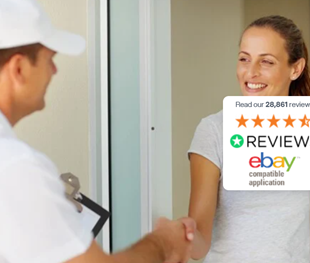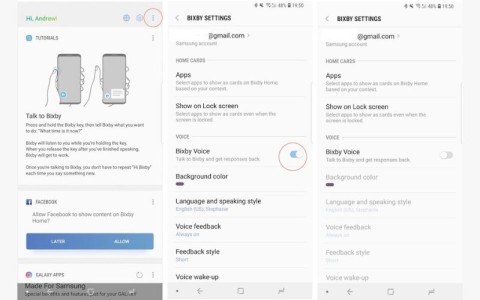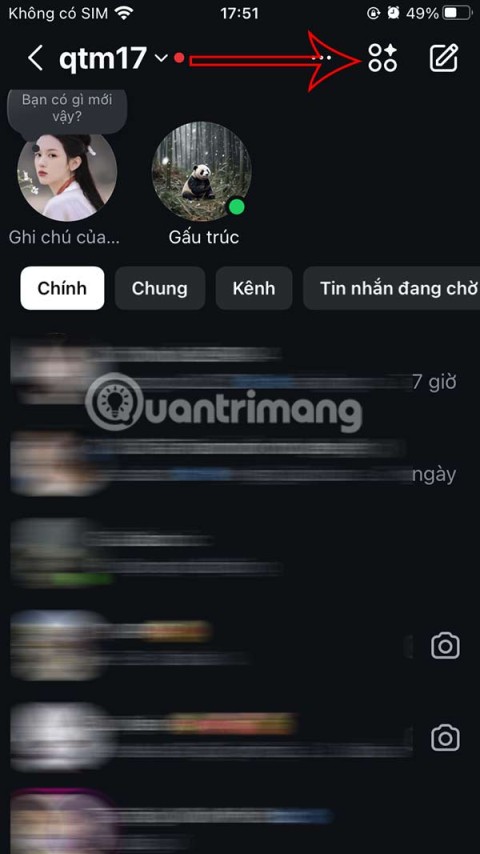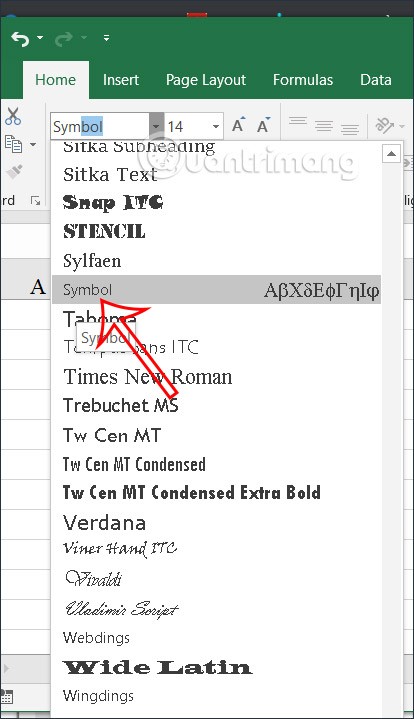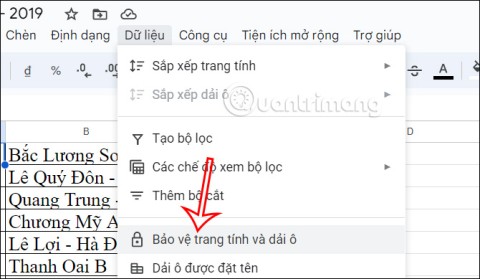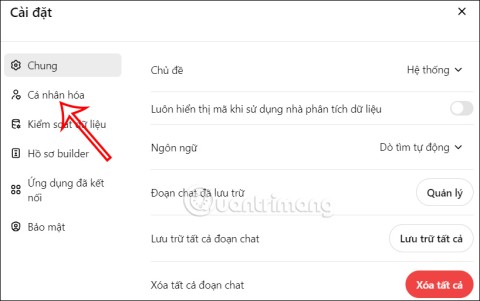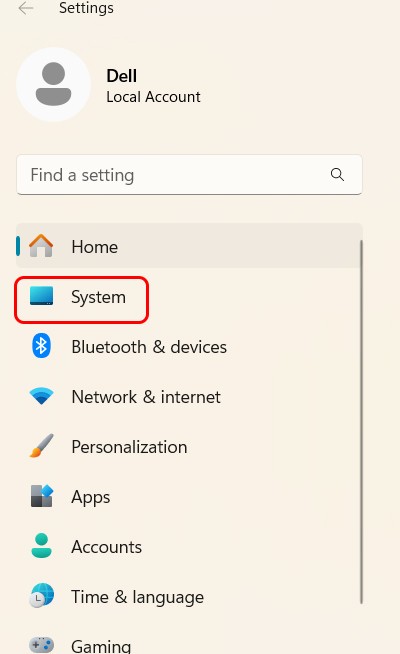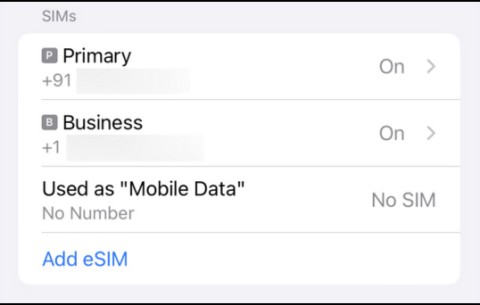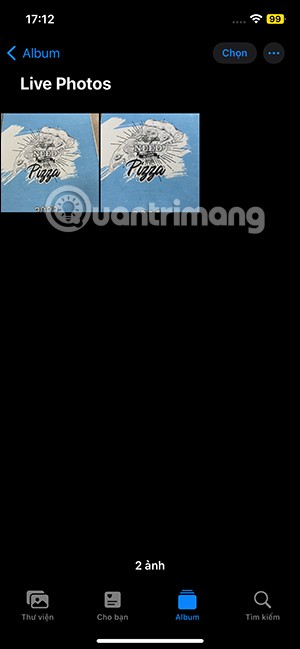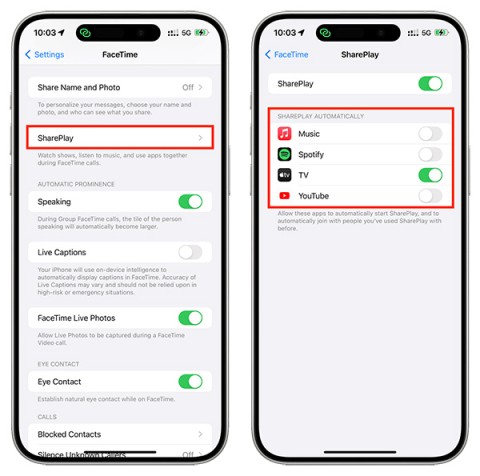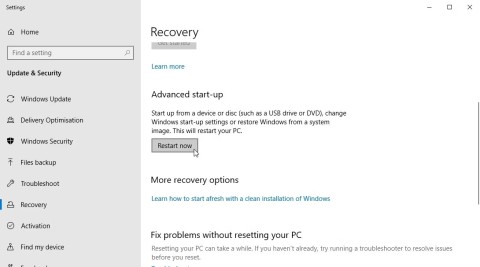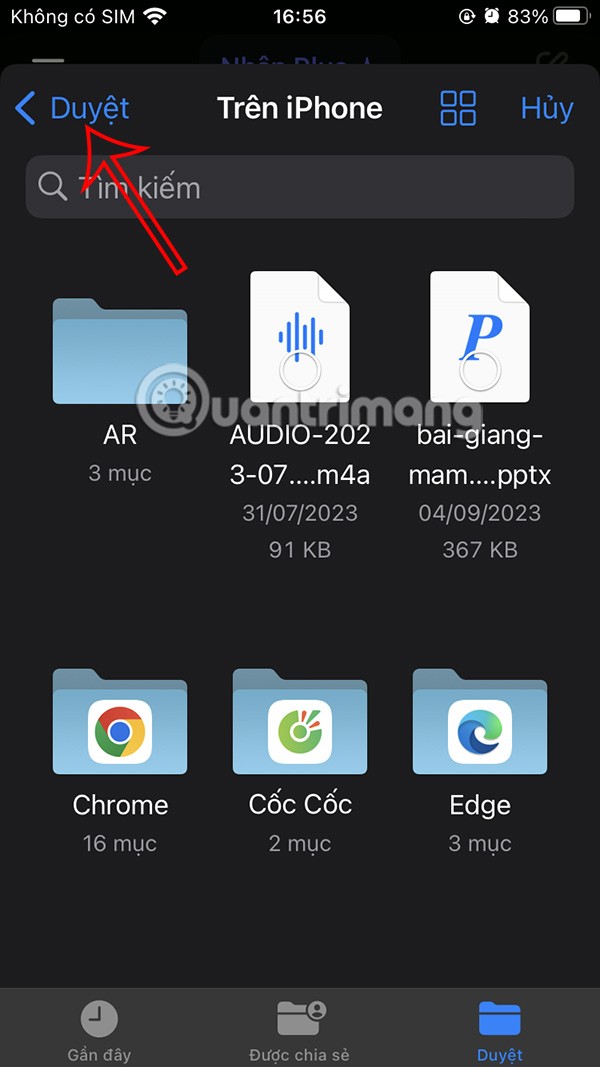One of the requirements of a successful class is to have a review activity at the end of the lesson or an activity at the end of the class. The end-of-school activity has many benefits, please don't treat it as a formality or coercion.
What is a lesson summary?
As final activities, concluding the lesson and creating a lasting impression of what has been learned and creating reflection in the learner to enhance teaching and learning.
Teachers use closing activities to:
- Test your understanding and knowledge
- Emphasize important information
- Open end
- Realize learners' misconceptions
Students find end-of-school activities helpful for:
- Summarize, evaluate, and demonstrate their understanding of key points
- Consolidate and absorb important information
- Link lesson ideas to conceptual frameworks and/or previously learned knowledge
- Apply ideas to new situations
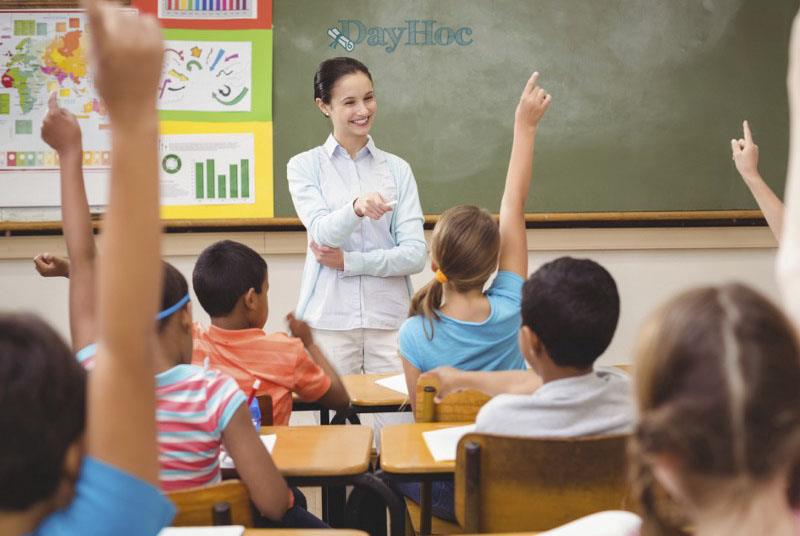
Summarize the lesson creatively
1. Paper Slides
On A4 sheets of paper, divide students into small groups to write summaries of what they have learned. Then, the representatives of the group line up vertically or horizontally, one by one, each member will talk about his or her slide like a powerpoint presentation. Teachers can use cameras to record videos while students summarize what they have learned. The camera will not stop until each student completes his or her summary.
2. Galleries
On the board or on A2/A3 sheets of paper, small groups write and draw what they have learned. After the products are completed and mounted on the classroom walls, students will move to listen to the presentation of the content of each group and can ask questions or give stickers or let the groups do well. .
3. Short quiz
Create a short quiz using Socrative, BubbleSheet, K-hoot or Google Forms technology.
4. Question
Have students write questions about the lesson on the cards, then have students exchange the cards and answer the question they have chosen.
5. FAQ
Students answer the following questions:
- What is interesting from the lesson? What will the lessons learn in the future?
- What do you want to know more about? Why?
6. Practice
Have students do practical exercises to apply a newly learned knowledge or skill.
7. Interview
Have one student act as a celebrity, and ask the other student to summarize the main idea within 60 seconds, just like in an interview.
8. Mail transmission
Students write down what they learn on a piece of paper, then fold it. When the teacher gives a signal, the students designate a friend in the class and they pass the letter to that friend. Students who receive the letter must read it aloud and provide feedback on the question in the letter.
9. Magic like button
Students directly raise their hands if they can answer the teacher's question. Classmates agree with the answer thumbs up – like or disagree thumbs down.
10. Exit ticket
Ask students to write their names, what they learned, and any questions on a blank card (which may be called an “exit ticket”). Before leaving the classroom, the teacher instructs students to send exit tickets in a box or stick them on the board.


